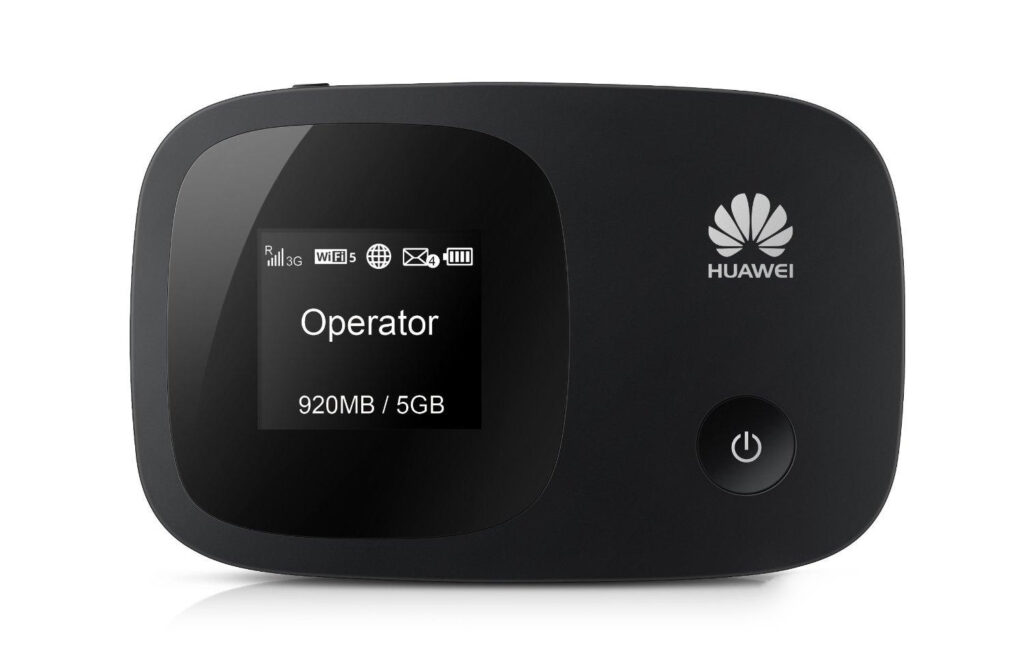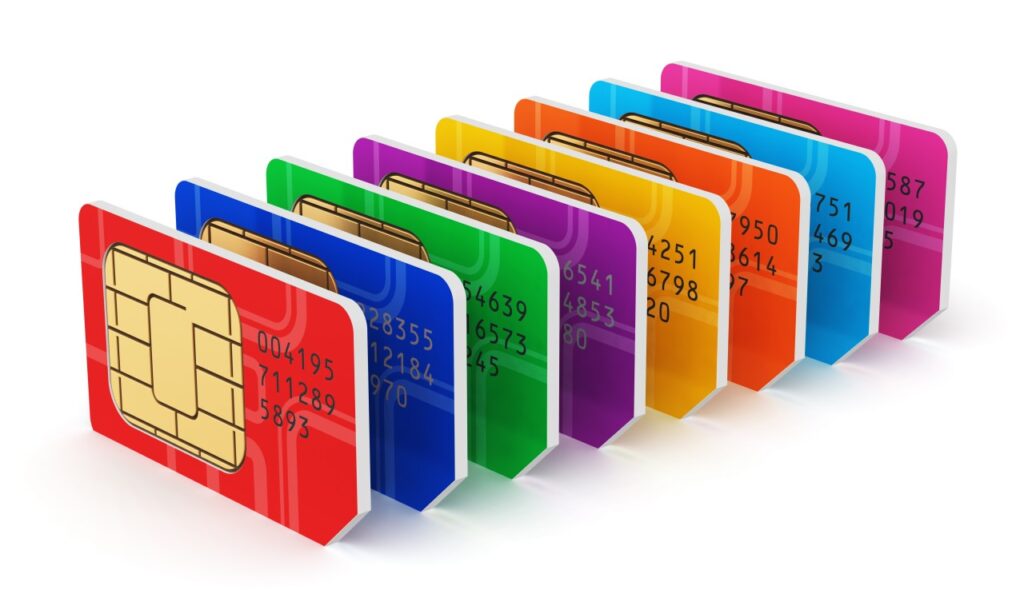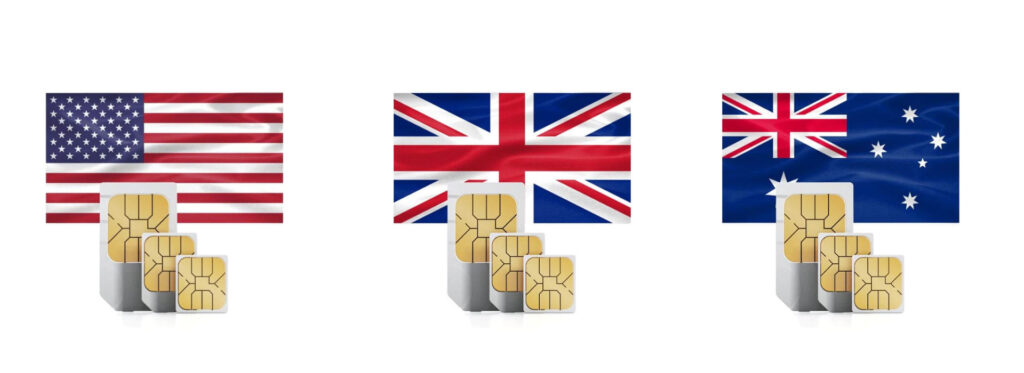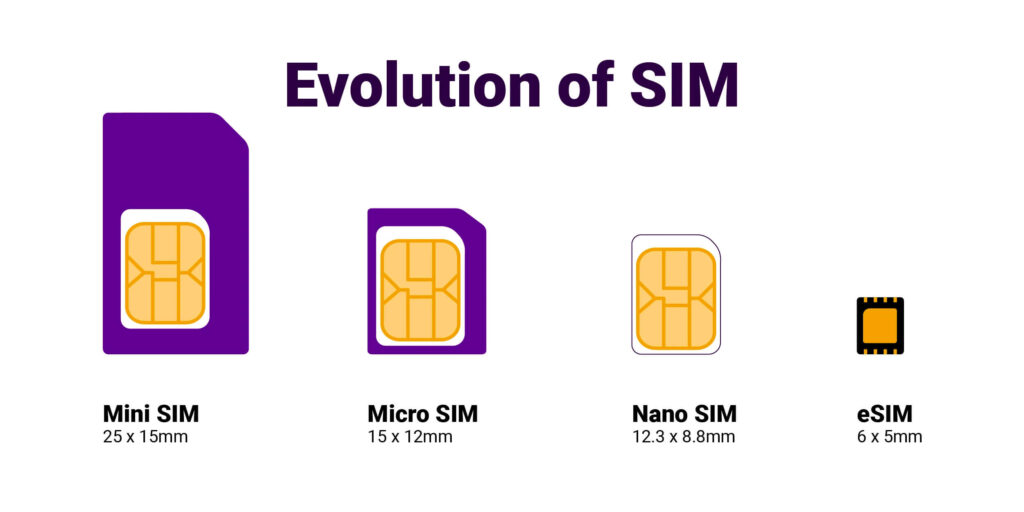We take the internet connection so much for granted that only when we don’t have it do we realize how much we rely on it for everything, from booking a restaurant to maps, online shopping, and so on.
When we travel, this dependence grows even more because, often, we store transport tickets, hotel reservations, and everything we need for our trip within our smartphone, making it essential to have everything at our fingertips.
In this article, I will explain the available systems to always have an internet connection while traveling and which method I will use in the coming months.
And if you read until the end, you will discover a special discount just for you, ready to be used.
Internet connection while traveling – technologies
Today, there are different technologies and ways to have an internet connection while traveling, each with its own pros and cons. The most common ones are:
- Wi-Fi
- Pocket Wi-Fi
- SIM from an Italian provider
- SIM from a local provider
- eSIM
Wi-Fi connection

Wi-Fi is widespread in many countries around the world and is often free. However, aside from security concerns, these types of connections are only good for sending a quick greeting home or doing something minimal.
Pocket wifi

Public Wi-Fi connections are often free but also very slow. On the other hand, paid Wi-Fi is usually expensive and often has time-based plans.
Pocket Wi-Fi devices are essentially “hotspots” with a local data SIM inside. The pocket Wi-Fi creates a Wi-Fi network that multiple devices can connect to.
The advantage of this system is its ease of use: just turn it on and connect to its Wi-Fi. They usually offer unlimited data plans.
However, these devices must be rented upon arrival at the destination. They are particularly popular in Japan. Additionally, they need to be recharged every night like a smartphone, or, in the worst case, they must be continuously powered by a power bank throughout the day.
All these downsides make pocket Wi-Fi not my top choice.
Italian SIM

Using our Italian SIM is certainly the easiest method—just activate data roaming in the smartphone settings, and you’re done. But there may be some drawbacks.
Even though you can use your Italian data plan within the European Union without many problems, the amount of data available is often limited.
For example, if you have a 50GB data plan per month, you CANNOT use all of it outside Italy. Usually, only 1/3 or less is available, and NOT at the maximum speed you are used to in Italy.
Another issue is potential “incorrect” charges that can occur when traveling beyond the borders of the European Union.
Some time ago, I enabled my Italian SIM for the United States, but once I arrived, I was still charged additional fees while my data promotion was activating—10€ of data usage I never actually used.
Local Sim

To avoid the issues of using your own SIM while traveling, buying a local SIM may seem like the best solution—but it’s not always that simple.
The advantages include being able to turn off your Italian SIM, so you don’t have to worry about unexpected charges, and enjoying high-quality data connections.
However, there are several disadvantages:
- Time-consuming: Often, airport shops are not open 24/7.
- Language barrier: This can be a problem when signing a contract.
- Different pricing for tourists: In some countries, mobile plans for tourists do not offer the same conditions as those for residents.
Considering these downsides, this option is not as appealing as it initially seemed.
eSIM

You may not know it, but the smartphone you’re using to read this article likely has this technology, which automatically makes it a dual SIM device. But let’s go step by step.
An eSIM is simply a pre-installed SIM card inside your device that, when properly programmed, can function like a regular physical SIM card.
Many smartphones have adopted this technology in recent years. For example, iPhones have had it since the iPhone XR, and many Samsung and Oppo devices have included it for some time.
The advantages are numerous. Since it is programmable, you can activate it whenever needed, completely automatically, before your departure.
Additionally, it offers the convenience of having a second SIM alongside your main one without physically installing another card (eliminating the risk of losing it). Most importantly, you can purchase it online just a few hours before departure.
This is my preferred solution today, which is why I decided to collaborate with Saily, a young company offering global connectivity via eSIM.
Saily – the ultimate solution
The advantages of purchasing your next eSIM on Saily are:
- Over 190 countries to choose from
- Regional packages (Africa, Asia, North America, etc.)
- A variety of data plans ranging from 1GB to 20GB
- The most competitive prices on the market
- Payment options via credit card, PayPal, Apple Pay, and Google Pay
- Instant installation via the app
- Included VPN
- Ad blocking
➡️ If you enter the code PARKSANDFUN at checkout, you will instantly receive a 5% discount or CLICK HERE
Here are some examples (prices before discount):
- 5GB of data for Japan – €9.99
- 5GB of data for the United Arab Emirates – €10.99
- 5GB of data for the United States – €13.99
CLICK HERE to choose your destination and check the rates.
On the Saily website, you will also find a list of compatible smatphone




